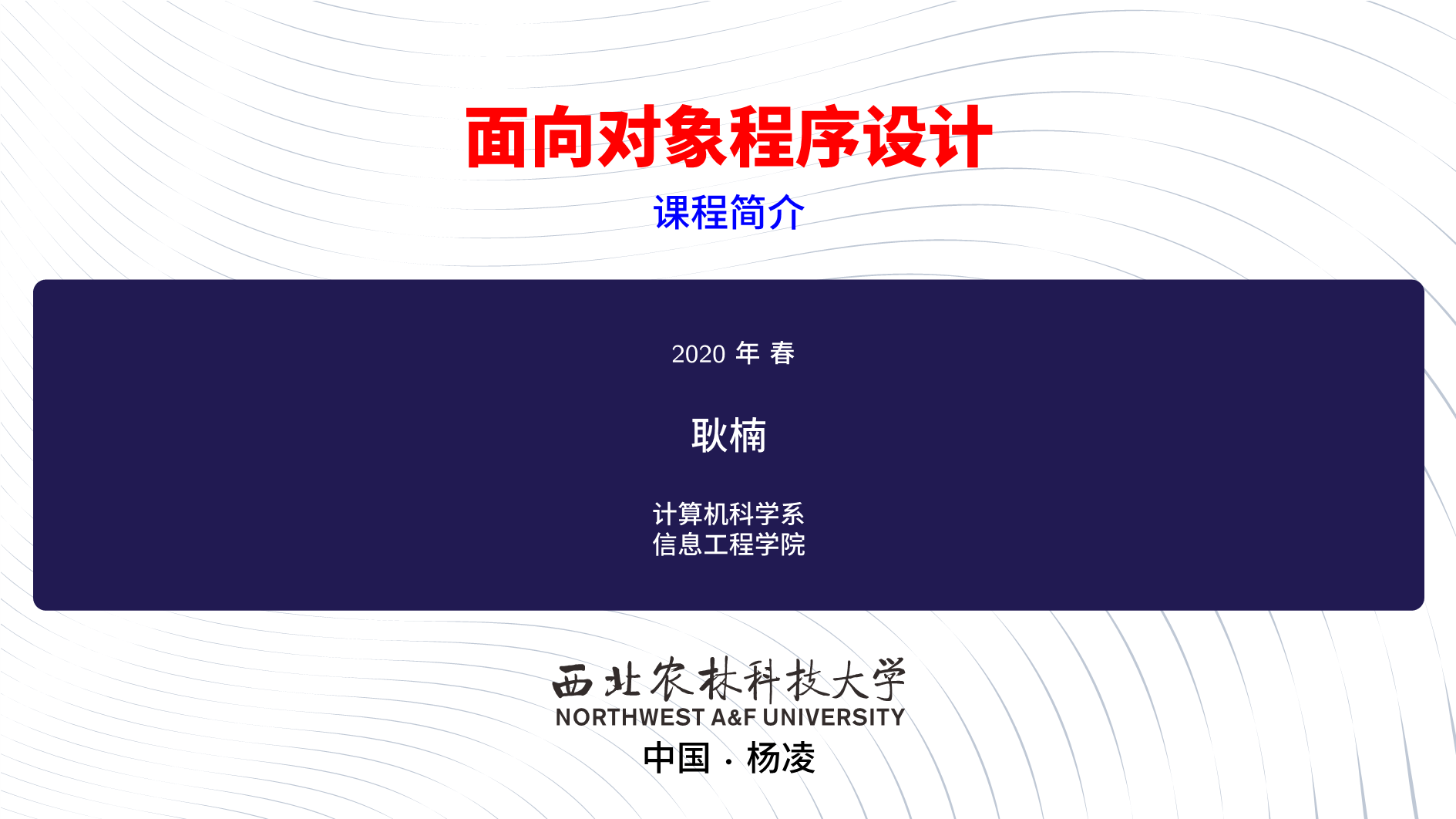\documentclass[tikz, border=5pt, rgb, x11names, svgnames, dvipsnames]{standalone}
\usepackage{forest}
\usetikzlibrary{shapes.geometric,backgrounds,shadows,fit,fadings,calc}
\pgfdeclarelayer{foreground}
\pgfdeclarelayer{boncyff}
\pgfdeclarelayer{canghennau}
\pgfdeclarelayer{goleuni}
\pgfsetlayers{background,canghennau,boncyff,goleuni,main,foreground}
\makeatletter
% adapted (simplified version) from tex/generic/pgf/frontendlayer/tikz/libraries/tikzlibrarybackgrounds.code.tex
\tikzset{%
on foreground layer/.style={%
execute at begin scope={%
\pgfonlayer{foreground}%
\let\tikz@options=\pgfutil@empty%
\tikzset{every on foreground layer/.try,#1}%
\tikz@options%
},
execute at end scope={\endpgfonlayer}
},
on canghennau layer/.style={
execute at begin scope={%
\pgfonlayer{canghennau}%
\let\tikz@options=\pgfutil@empty%
\tikzset{every on canghennau layer/.try,#1}%
\tikz@options%
},
execute at end scope={\endpgfonlayer}
},
on boncyff layer/.style={
execute at begin scope={%
\pgfonlayer{boncyff}%
\let\tikz@options=\pgfutil@empty%
\tikzset{every on boncyff layer/.try,#1}%
\tikz@options%
},
execute at end scope={\endpgfonlayer}
},
on goleuni layer/.style={
execute at begin scope={%
\pgfonlayer{goleuni}%
\let\tikz@options=\pgfutil@empty%
\tikzset{every on goleuni layer/.try,#1}%
\tikz@options%
},
execute at end scope={\endpgfonlayer}
},
aa/.store in=\cfr@aa,
aa=0,
pics/anrheg/.style n args={2}{
code={
\node (-bocs) [anchor=north, rounded corners=2pt, outer sep=0pt, minimum width=5mm, minimum height=5mm, fill=#1, rotate=\cfr@aa] {};
\path [fill=#2, draw=#2, rotate=\cfr@aa]
([xshift=-.5mm]-bocs.south)
[out=80, in=-105] to ([xshift=.5mm]-bocs.north)
[out=175, in=5] to ([xshift=-.5mm]-bocs.north)
[out=-85, in=100] to ([xshift=.5mm]-bocs.south)
[out=-175, in=-5] to cycle;
\path [fill=#2, draw=#2, rotate=\cfr@aa]
([yshift=.5mm]-bocs.west)
[out=-10, in=-175] to ([yshift=-.5mm]-bocs.east)
[out=85, in=-85] to ([yshift=.5mm]-bocs.east)
[out=-175, in=-10] to ([yshift=-.5mm]-bocs.west)
[out=95, in=-95] to cycle;
},
},
}
\makeatother
\tikzfading[
name=disglair,
inner color=transparent!0,
outer color=transparent!100]
\colorlet{lliw1}{Crimson}
\colorlet{lliw2}{DeepPink}
\colorlet{lliw3}{Violet}
\colorlet{lliw4}{Purple3}
\colorlet{lliw5}{Cyan}
\colorlet{lliw6}{Green1}
\colorlet{lliw7}{Gold}
\colorlet{lliw8}{Aquamarine1}
\colorlet{lliw0}{OrangeRed1}
\colorlet{lliwanrheg1a}{WildStrawberry}
\colorlet{lliwanrheg1b}{Ivory}
\colorlet{lliwanrheg2a}{Red1}
\colorlet{lliwanrheg2b}{Yellow1}
\colorlet{lliwanrheg3a}{Turquoise2}
\colorlet{lliwanrheg3b}{WildStrawberry}
\colorlet{lliwanrheg4a}{Yellow1}
\colorlet{lliwanrheg4b}{DodgerBlue3}
\colorlet{lliwanrheg5a}{Ivory}
\colorlet{lliwanrheg5b}{Turquoise2}
\colorlet{lliwanrheg0a}{DodgerBlue3}
\colorlet{lliwanrheg0b}{Red1}
\begin{document}
\forestset{
declare count register=nodes y goeden,
nodes y goeden'=0,
declare count register=tier count,
tier count'=1,
% canghennau
cangen chwith/.style={
edge path={
\noexpand\scoped[on canghennau layer]{
\noexpand\path [draw=ForestGreen, thick, \forestoption{edge}]
(!u.parent anchor) +(0,20pt) [out=-90, in=150] to (.child anchor)\forestoption{edge label}
(!u.parent anchor) +(0,15pt) [out=-90, in=150] to (.child anchor)\forestoption{edge label}
(!u.parent anchor) +(0,10pt) [out=-90, in=150] to (.child anchor)\forestoption{edge label}
(!u.parent anchor) +(0,5pt) [out=-90, in=150] to (.child anchor)\forestoption{edge label}
(!u.parent anchor) [out=-90, in=150] to (.child anchor)\forestoption{edge label};
}
},
},
cangen dde/.style={
edge path={
\noexpand\scoped[on canghennau layer]{
\noexpand\path [draw=ForestGreen, thick, \forestoption{edge}]
(!u.parent anchor) +(0,20pt) [out=-90, in=30] to (.child anchor)\forestoption{edge label}
(!u.parent anchor) +(0,15pt) [out=-90, in=30] to (.child anchor)\forestoption{edge label}
(!u.parent anchor) +(0,10pt) [out=-90, in=30] to (.child anchor)\forestoption{edge label}
(!u.parent anchor) +(0,5pt) [out=-90, in=30] to (.child anchor)\forestoption{edge label}
(!u.parent anchor) [out=-90, in=30] to (.child anchor)\forestoption{edge label};
}
},
},
plant/.style={
before typesetting nodes={
repeat=#1{
prepend={[, bud, cangen chwith]},
append={[, bud, cangen dde]},
},
},
},
boncyff/.style={
edge path={
\noexpand\scoped[on boncyff layer]{
\noexpand\path [line cap=round, line width=2.5pt, draw=Chocolate4, \forestoption{edge}] (!u.parent anchor) -- (.child anchor)\forestoption{edge label};
}
},
},
seren/.style={
star, minimum size=25pt, star points=7, star point ratio=3, parent anchor=south, outer sep=2pt, inner color=white, outer color=Gold1, draw=Goldenrod1, inner color=white, outer color=Silver, draw=Snow3, tikz={\scoped[on goleuni layer]\node (sglein) [minimum width=50pt, circle, inner color=white, outer color=Silver, path fading=disglair] {};}
},
enw/.style={
nodes y goeden'+=1,
name/.process={Rw}{nodes y goeden}{n##1},
},
anrheg/.style={
no edge, enw, anchor=north
},
bud/.style={
inner sep=0pt,
outer sep=0pt,
parent anchor=center,
child anchor=center,
enw,
},
gwag/.style={
inner sep=0pt,
outer sep=0pt,
parent anchor=center,
child anchor=center,
no edge,
},
}
\begin{forest}
for tree={
if level=0{}{
bud,
},
boncyff,
if n=1{
tier count'+=1,
}{},
s sep+=7.5,
before computing xy={
l/.process={Rw+n+d}{tier count}{4*#1 pt}
},
before typesetting nodes={
if n children=0{
append={
[, bud, boncyff
[, bud, l'=2pt, boncyff
[, anrheg, alias=troed, before computing xy={l'=0pt}
]
]
]
},
delay={
for children={
if={
<blockquote>
OOw+n={n}{!u.n children}{(#1+1)/2}
}{}{
append={
[, gwag, l'=2pt
[, anrheg, before computing xy={l'=7.5pt}
]
]
},
},
},
},
}{},
},
},
[, seren, plant=1
[, plant=2
[, plant=3
[, plant=4
[, plant=5
[, plant=6
]
]
]
]
]
]
\foreach \i in {1,...,50}
{
\ifnum\i=29\relax\else\ifnum\i=28\relax\else
\pgfmathsetmacro{\result}{int(mod(\i,9))}
\node [circle, ball color=lliw\result] at (n\i) {};
\scoped[on goleuni layer] \node [circle, minimum width=20pt, inner color=lliw\result!50!white, outer color=lliw\result!50!Silver, path fading=disglair] at (n\i) {};
\fi\fi
}
\foreach \i in {51,...,62}
{
\tikzset{aa=0}
\pgfmathsetmacro{\result}{int(mod(\i,6))}
\pgfmathsetmacro{\casgliad}{int(mod(4+\i,6))}
\pgfmathsetmacro{\nesaf}{int(1+\i)}
\ifnum\i>56
\pic at (n\i) {anrheg={lliwanrheg\result a}{lliwanrheg\result b}};
\else
\pic at (n\i) {anrheg={lliwanrheg\result b}{lliwanrheg\result a}};
\fi
\tikzset{aa=45}
\ifnum\i<56
\pic at ([yshift=3.85mm,xshift=.25pt]$(n\i)!1/4!(n\nesaf)$) {anrheg={lliwanrheg\casgliad a}{lliwanrheg\casgliad b}};
\fi
\tikzset{aa=-45}
\ifnum\i>56
\ifnum\i<62
\pic at ([yshift=3.85mm,xshift=-.25pt]$(n\i)!3/4!(n\nesaf)$) {anrheg={lliwanrheg\casgliad b}{lliwanrheg\casgliad a}};
\fi
\fi
}
\path
(n29) ++(0,-1.5mm) coordinate (c0)
(c0) arc (-90:0:5mm and 2.5mm) coordinate (c1)
(c0) arc (-90:-180:5mm and 2.5mm) coordinate (c2)
(c0) +(2.5mm,-4.5mm) coordinate (c3)
(c0) +(-2.5mm,-4.5mm) coordinate (c4)
(c1) +(0,-2mm) coordinate (c5)
(c2) +(0,-2mm) coordinate (c6)
;
\path [fill=Sienna1] (c2) arc (-180:0:5mm and 2.5mm) -- (c5) -- (c3) arc (0:-180:2.5mm and 1.25mm) -- (c6) -- cycle;
\begin{scope}
\clip (c2) arc (-180:0:5mm and 2.5mm) -- (c5) -- (c3) arc (0:-180:2.5mm and 1.25mm) coordinate [midway] (c7) -- (c6) -- cycle;
\path [draw=Sienna3] (c6) arc (-180:0:5mm and 2.5mm);
\path [draw=Sienna3] (c2) arc (-180:0:5mm and 2.5mm);
\end{scope}
\begin{scope}[on canghennau layer]
\path [fill=Sienna1, draw=Sienna3] (c2) arc (-180:180:5mm and 2.5mm);
\path [fill=Brown!50!black] (n29 |- c2) circle (4mm and 2mm);
\end{scope}
\begin{scope}[on background layer]
\node [fill=MidnightBlue, inner sep=15pt, fit=(sglein) (troed) (n21) (n35) (c7) (n51) (n62) (cath)] {};
\end{scope}
% \foreach \i in {1,...,62} \node (anrheg \i) [red] at (n\i) {\i};
\end{forest}
\end{document}相关代码说明看如下链接即可。 选自:http://tex-talk.net/2016/12/happy-christmas/http://tex.stackexchange.com/questions/39149/how-can-we-draw-a-christmas-tree-with-decorations-using-tikz/219610#219610





发表评论 取消回复